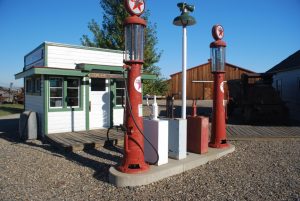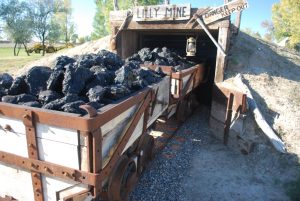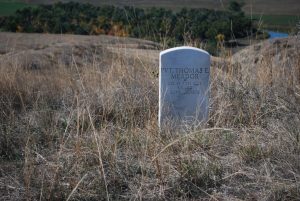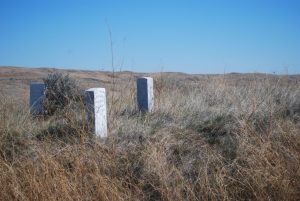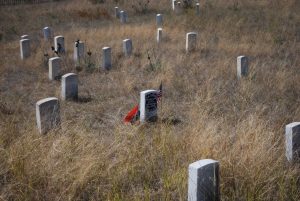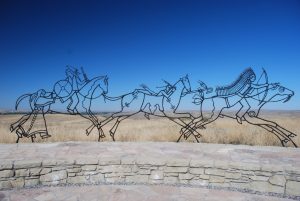I broke camp this morning and made the short drive to the south side of Hardin to visit the Big Horn County Museum in Hardin. This museum is sponsored by the local historical society, and they have done quite well at acquiring several good examples of structures from the surrounding area. They are also adding a couple of new displays that will make this that much better. Not a destination, but definitely something to see if you are passing through the area.
I left the museum and headed further south 15 miles to the Little Big Horn National Monument. This park consists of the visitor’s center and cemetery I mentioned earlier, a museum, a pair of monuments to both natives and soldiers, as well as a driving tour of the battlefield itself.
I came to the park wondering to myself what went wrong. The area is basically high plains with some undulating hills and a couple of nearby mountain ranges. How could Custer not see all of those Indians?!? How could he move into attack knowing he was dangerously outnumbered? As I proceed through the driving tour, I continue to ponder these same questions as well as others such as why was he not better informed by his scouting corps? Why did he split his troops so many times (five by my count), and why did he allow them to attack at will rather than wait for everyone to get into position?
The site has markers placed where each combatant fell, identified whenever possible. One of the pictures you see below includes Custer, and the last of his troops who surrounded him and tried to protect him to the last man. His unit was annihilated, however several other companies that were a part of his total unit survived the night on a nearby hilltop that proved to be a fairly defendable position.
I left having more questions, mostly for Custer. I now have a much better understanding of what happened. Helps to see the battlefield in person. I know historians have explored many of these questions over the years.
Markers where soldiers fell that fateful day.
Custer (with the flags) and his troops on the hillside and a monument honoring both the natives and the soldiers that fought here.


